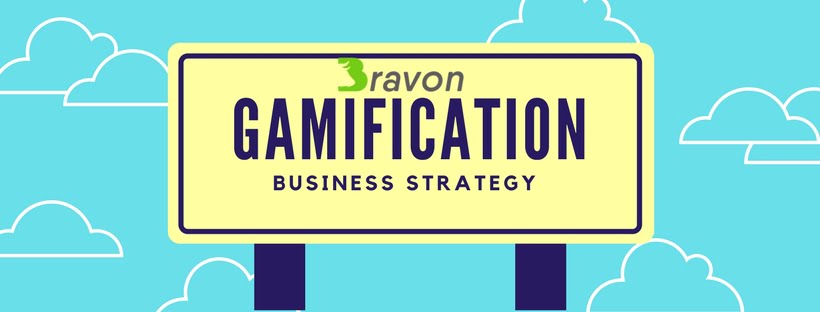Effective Business Gamification Strategy

Effective Business Gamification Strategy
Gamification has been around for some time now, and it’s often sold as a miraculous cure.
Its true that is a potent tool that can be used for business enhancing, but it needs to have the right strategy behind it. We are going to give you some pointers to what makes a gamification strategy useful.
Gamification can be applied in different areas such as customer engagement, employee performance, training and education, innovation management, personal development, sustainability, health and wellness and beyond.
The points made in this post correspond to a broad approach to business gamification. The strategy should vary with the objective intended.
Designing a gamification strategy is the singular most crucial stage of the entire implementation process.
Many companies that implement gamification assume that having one is by itself a guaranteed path to success. Nothing could be further away from the truth.
Depending on the platform you outsource for gamification you may not get the necessary support to make it work in the long term.
To achieve success, here are some pointers that you should consider when implementing the strategy.
-
Build game mechanics with a purpose:
Don’t implement gamification just to get on the trendy train. There should always be a purpose in mind; you must build game mechanics with an objective.
If you want to improve your team’s performance don’t create a quiz about world war 2, make a scoring game that rewards the sales team with the most sales of the day.
Take advantage of the competitive nature of salespersons turning them into milestones for you and rewards for them.
-
Activity first, outcome second:
Focus your energy on designing the activity and games first. There’s no point in having the focus on the rewards or you would be best creating an incentive program.
The idea is that the activity itself is a reward and this can only be achieved with excellent game design.
You want employees that want to play the game that find the game engaging. The program itself must be a reward.
-
Think deeply about your company culture:
If you own a software company and have 20 computer engineers working with you and use rewards in the shape of flip-flops you will probably won’t be able to make gamification work.
Think about what your company employees enjoy and reward them with engaging elements.
Changing the rewards system periodically will ensure employees remain engaged and not become bored with the same option.
-
Identify the business objectives:
While opportunity identification is not inherently wrong, companies must avoid turning gamification into a solution looking for a problem to solve.
To protect your company against this, when an opportunity to leverage gamification is identified what must follow is a statement of clearly defined business objectives and a critical analysis of the platform as a solution.
Have established, clear goals and milestones for your business and measure the potential of gamification as leverage.
-
Design for player-centricity :
The mistake many companies make is to identify the business objectives without clearly defining the player objectives.
The sweet spot for gamification objectives is where the business objectives and player objectives overlap.
Gamified applications must be designed to motivate players to achieve their goals. To achieve success for companies starting in gamification the first design point is to motivate players to achieve their goals- and those goals should overlap with the business goals.
-
Continually plan:
Our final strategy tip is to frequently review your objectives and action plans to make sure you are on the right track.
Your gamification plan may be working, but we know that what works now may not work in a month time. Make sure your team is engaged, that the strategy you implemented is still working and don’t be afraid to make the necessary adaptations.
In many cases, platforms like Bravon provides comprehensive analytics automatically, lose the time to read these stats and improve/adapt your strategy to complete satisfaction.
Gamification works, and it’s an excellent tool a strategy that can turn your business around. But it is not a miraculous tool. It needs work and a reliable approach.





Recent Comments